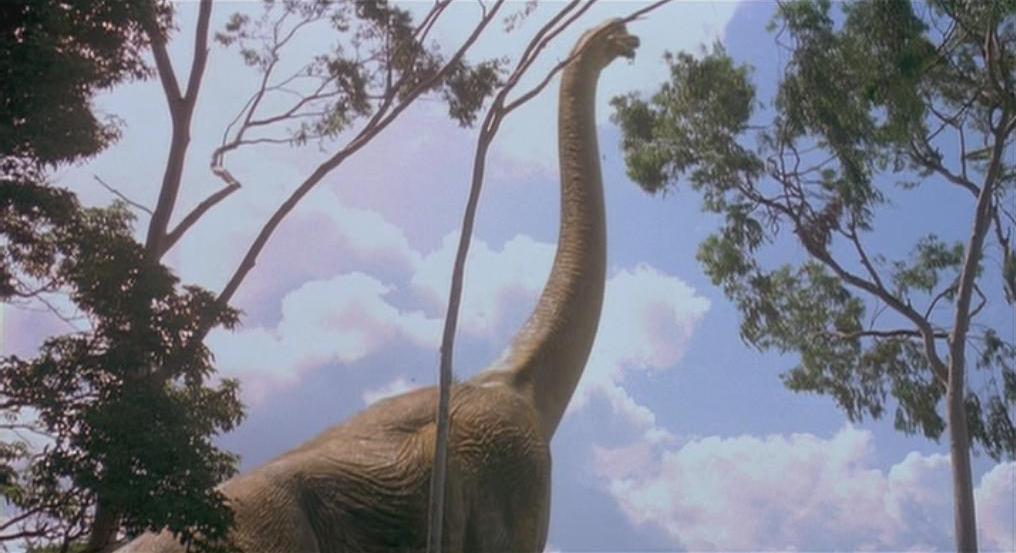By: Ed Wagner, Chief Digital Officer
I’m sitting at my desk surrounded by computers, my iPhone and a stack of papers. I inherently know there is important information in this stack of papers, but will probably not find what I’m looking for and certainly won’t find it quickly. The stack of papers contains my plans, my thoughts, my notes and the stack is growing.
I’ve been at more wind sites than I care to remember. There are key maintenance and historical information about the wind assets in their stack of papers, in drawers and in filing cabinets. Inevitably, the conversation regarding digital transformation starts with taking these stacks of paper in .pdf and Word format, scanning them and ingesting the information into a database. That effort itself is often monumental.
And so the transformation begins.
There’s an old saying, “when you’re up to your ass in alligators, it’s hard to remember that your intent was to drain the swamp.” How in the world are we going to convince a customer about the benefits of digitalization when they’re up to their ass in digitalizing .pdfs just to get started. That’s the same customer who asked me what’s the difference between digitization and digitalization? It’s hard to drain the swamp.
Digitization is the process of transforming manual information to digital information. It’s an enormous task that requires time and budget. It’s worth doing, because there is gold in those stacks of paper that will impact our customer’s ability to extend the life of their assets. But just digitalizing old documents in itself is a daunting task for many of the site managers. The overhead is hard to justify in light of thin budgets and reduced teams. It’s understandable that the effort is slow and low on their priority list.
The conversation with upper management, however, is about digitalization and more importantly about digital transformation of their businesses. Digitalization, according to Gartner, is the use of digital technologies to change a business model to provide new revenue and value producing opportunities. In other words, how do our customers generate new revenue and/or remove cost from digital transformation? That conversation is about business initiatives that compete for management time and budgets. There are real limitations to reaching digitalization business goals when you’re up to your ass in alligators and .pdfs.
What to do?
First, management needs to realize that budget and time are needed to digitize manual information so it can be used for digitalization initiatives. There are a number of ways to digitize old information, but it often requires subject matter expertise to understand the context of the information being digitalized. It’s not possible to outsource it to interns, because of the risk that key information needed won’t be capture. So real time and money needs to be allocated to this step.
Second, the construction of data lakes of manual and digital information gathered from a fleet of wind turbines is not trivial. Our customers are on their second and third iterations of those multimillion-dollar data lakes and feeling pressure regarding delays in the projects. Having heterogenous assets installed during different phases of growth – through M&A and through organic growth – creates different sets of data with different tags, different definitions, depending on the technologies deployed. Normalizing the data so that real business value can be generated is hard. Digitalization initiatives can fail because the data, including quality, reliability, and security, are not done properly upfront and designed for scaling. Again, digitalization initiatives need to include time and budget to get these data lake projects successfully online and useable.
Third, it’s important to consider the talent set of the team assigned to a digitalization initiative. Do they understand the value of data or are they guessing? Have they built data lakes before, failed and learned, or are they doing it for the first time? There are resources from other industries that have gone through this process that can help get this right. Getting a data lake or repository wrong is not an option.
What does this have to do with life extension?
Imagine you bought a car but no one told you the name or make of the tires. No one told you how important your tires are and that the tires on your car were inferior and should have been replaced with a better brand, with better traction, and longer life. Now, consider you bought a multimillion-dollar wind turbine without its bill of materials. You don’t know the make of the main bearing; you don’t know the quality of the generator; you don’t know the impact of starts and stops on remaining useful life…You bought a car without knowing the tires.
To do life extension, you we need that information. It can come from the OEM; it can come from services organizations; it can come from re-engineering. It doesn’t matter where it comes from, you need to know what components are in your machine so you can assess remaining useful life and evaluate options for life extension. By the way, much of that information is in paper form in the drawers and cabinets waiting to be digitized.
Here’s the bottom line.
Digitalization initiatives require business value assessments so that their business importance will compete effectively against other business initiatives. If the BVAs are reasonable, meaning there’s a clear path to new revenue and/or cost reductions, then digitization efforts are budgeted and supported by top management. The return on investment on digitalization initiatives is substantial enough that it outweighs the incremental costs and pain incurred in the process. Without top down support, and the budgets defined by business initiatives, there is no way to account for the time and effort, the frustration of failure, the redoing of work, the learning that’s all part of digital transformation. You’ve been warned.
At Sentient, we’ve been able to measure the impact of digitalization programs for our customers by starting with business value assessments using our customers accounting and priorities. Some of the benefits we thought were important in our deployments turned out to be of low value to our customers. Starting with a business value assessment allows us to align with our customers and define the goals and implementation priorities needed for our sponsors to be and feel successful. It starts with a clear explanation of the return on investment for each dollar or euro invested. Our goal as a company is to return 13% of the revenue generated per asset back to our customer. This is the impact of the digital transformation. How we do that, I’d be glad to explain any time.
I’m not pitting digi tization against digitalization. It turns out, you need one to do the other. You need budget and time, support top down by management for both. And you need to recognize how difficult and time-consuming digitization is as part of the digitalization process. The good news is if you get it right, you’ll live to compete another day. Trust me, there are dinosaurs out there who are stuck answering the digitization vs. digitalization question – they’re up to their ass in alligators, without management support. Again, the good news is dinosaurs did eventually create the oil we used. Thank G-d for wind turbines.
tization against digitalization. It turns out, you need one to do the other. You need budget and time, support top down by management for both. And you need to recognize how difficult and time-consuming digitization is as part of the digitalization process. The good news is if you get it right, you’ll live to compete another day. Trust me, there are dinosaurs out there who are stuck answering the digitization vs. digitalization question – they’re up to their ass in alligators, without management support. Again, the good news is dinosaurs did eventually create the oil we used. Thank G-d for wind turbines.
